Walking a reactive dog can be a source of stress for both dog and owner. Neither of you knows if or when you might see something that will set your dog off into barking and lunging. However, there are some strategies that can help you achieve more peaceful walks immediately!
Let’s get some definitions out of the way
Reactivity is an overreaction to a certain trigger in the environment. Reactions usually look like barking, lunging, growling, or pulling on the leash. A trigger is anything that causes a reaction. Triggers are typically dogs, people, or vehicles.
When we change something about our dog’s environment to prevent behavior issues, we call that management. Management is not training, but it’s an important part of training plans because we want to stop reactions from happening to prevent that behavior from strengthening. If we are working on decreasing a dog’s reactivity, its important to prevent reactions from happening so that behavior doesn’t strengthen.
Click here to learn more about management and why it’s so important.
Planning out your walks
If your dog is struggling with reactivity, one of the first things to consider is where and when you are walking them. It can be convenient for us to walk our dogs around the neighborhood, but neighborhoods can be very difficult for reactive dogs. We have limited visibility, set paths to stick to, possible barking dogs from inside homes and fences, and other neighbors walking around.
Consider walking in other environments like public parks, quiet neighborhoods, and wide walking trails.
When taking your dog to new environments, it can be a good idea to visit first without them to scout it out. Think about escape routes and potential issues the environment might have. Are there tight spaces with blind corners? Are off-leash dogs present? Are there areas with dangers like foxtails or wildlife?
We can also consider the time of daily walks. Morning walks before work and evening walks after work are typically convenient times to walk the dog, so all your neighbors will be out. If you can accommodate walks at different times, try mixing it up. Head out early before the rest of your neighbors are out. Wait until later in the evening when most people are done with their walks. Squeeze in a mid-morning or afternoon walk.
In some cases, it can be best to skip walks entirely and provide other mentally and physically stimulating activities like play time, training sessions, and other enrichment opportunities at home. Walks can then be reincorporated once you and your dog have gained new skills.
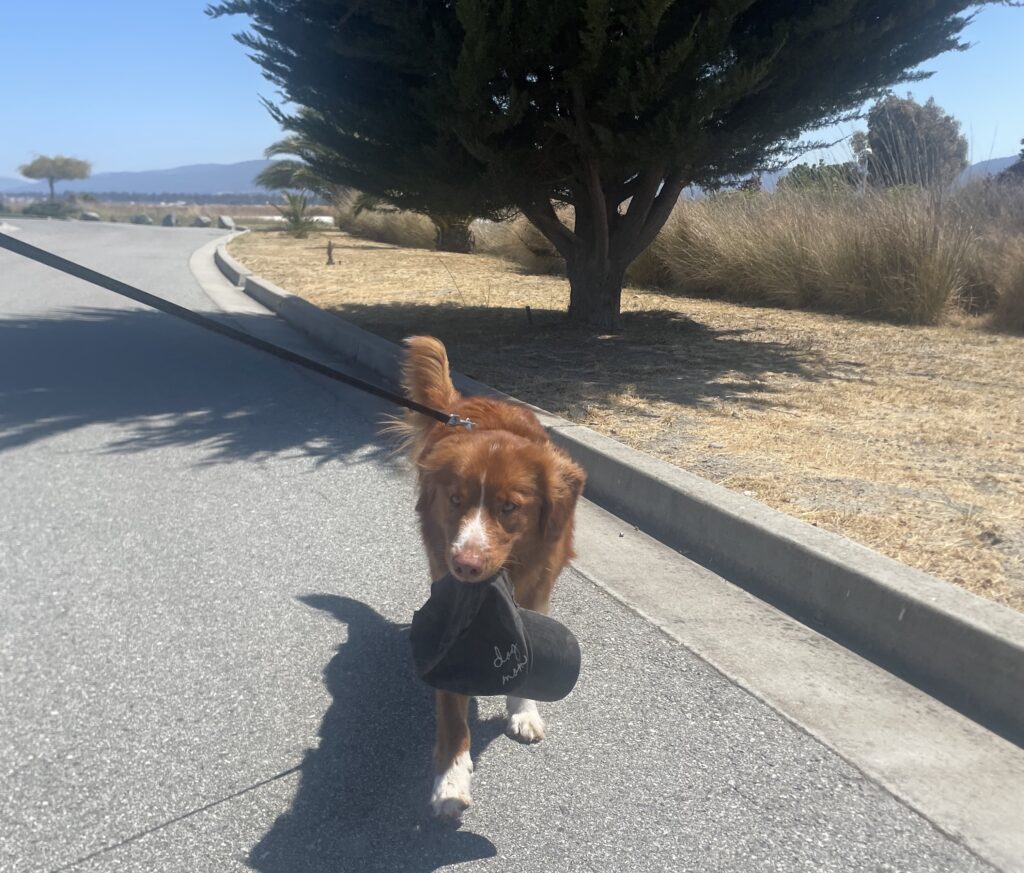
I’m on a walk and I see a trigger coming!
Triggers are typically things like dogs or people and can’t be 100% avoided, even in quiet environments. There are ways we can help reactive dogs pass their triggers. We essentially want to think about ways to block their view and distract them. The goal is to keep their attention elsewhere to prevent them from fixating on the trigger.
Practice your management strategies ahead of time. If you wait to practice these in the moments you need them, you and your dog will likely struggle. Trying to pass triggers without a reaction is hard work! Your dog should practice management strategies ahead of time to give them a better chance of staying calm. You should practice to help make these strategies more of a habit. If a trigger suddenly rounds a corner ahead of you, it can be hard to stay calm and think about your next step. Practice so you can feel confident when you need to use them.
Management strategies on walks are best used BEFORE your dog starts to fixate. Use management proactively to best help your dog.
Top 4 Management Strategies on Walks
1. Create space. This is the best option, if possible, to avoid reactions. Reactive dogs will have some distance where they can see a trigger and not react. If you see a trigger approaching, turn around, go down a side street, or pull off to the side of the path. Create more distance between your dog and their trigger.
2. Use a treat magnet. Get a few treats in your hand and put it right at your dog’s nose. You now have a magnet to control your dog’s head position. Let them sniff, nibble, and lick at those treats as you turn their head. Practice turning their head in different directions.
When using this around triggers, turn the dog’s head in the opposite direction from the trigger. You can do this while standing still or while walking. This is better than feeding treats over and over in quick succession because you can retain control over where the dog’s head (and eyes!) are. It can be helpful to use big treats for this, so you can hold on to it better.
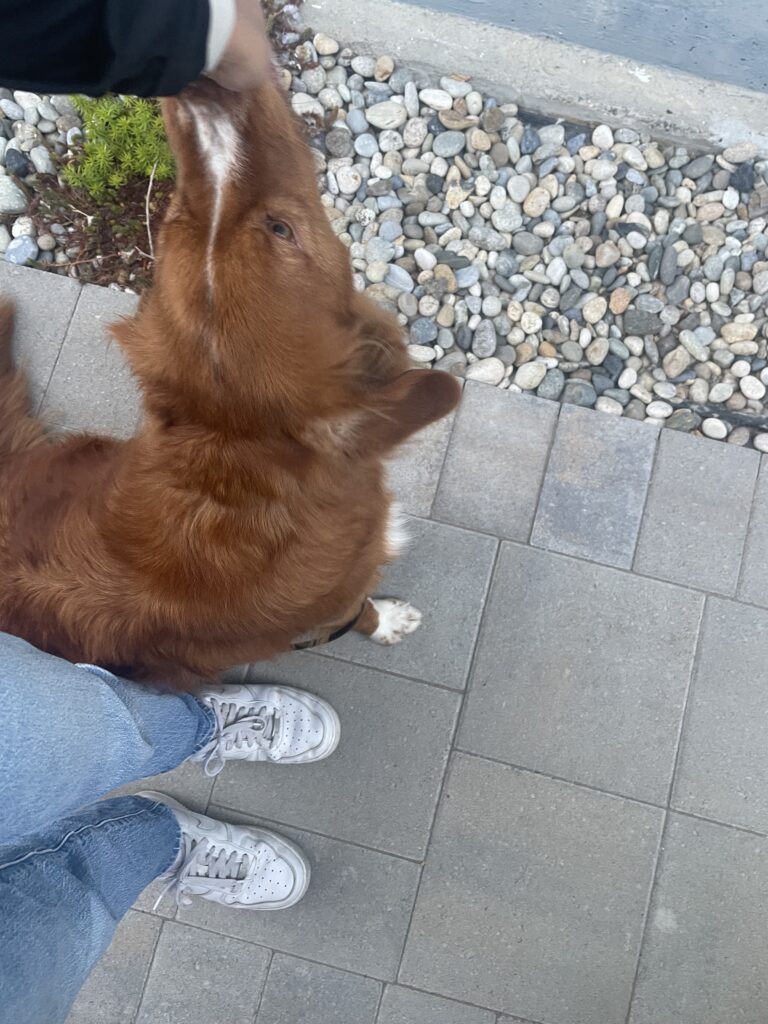
3. Use a hand target. If your dog knows how to do a hand target (or “touch”), ask for a few hand targets in a row to keep their head moving. Again, we want to control their head to break eye contact and keep them distracted. After a few reps, you can reward and repeat!
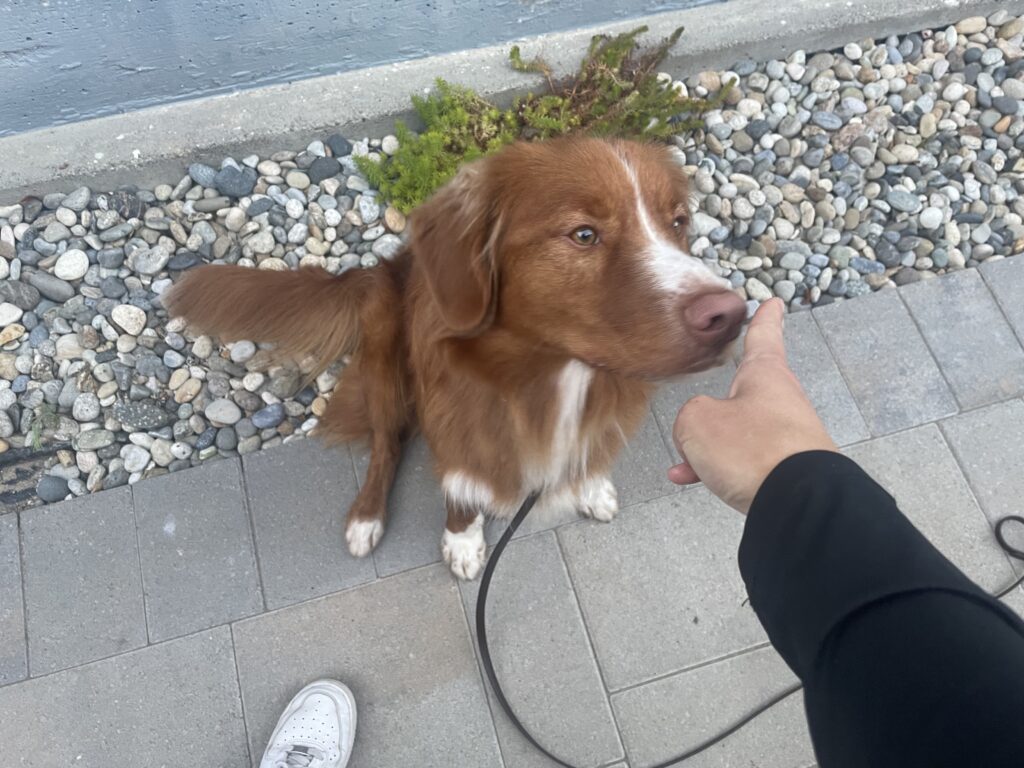
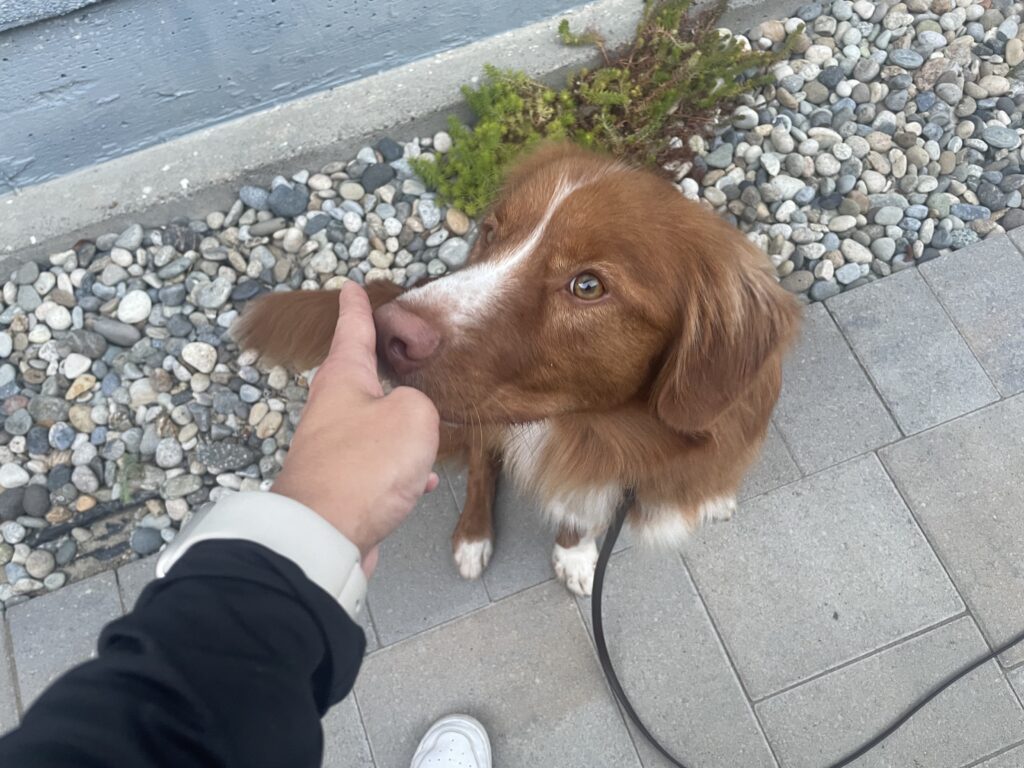
4. Use a treat waterfall. Drop a few treats on the ground for your dog to sniff out. Before they finish, drop some more. The goal here is to keep their head down. There should always be treats on the ground until the trigger passes. Don’t just drop a big pile of treats at the beginning. Continue to drop the treats to keep your dog interested. Moving treats are fun! When you keep up a flow of treats falling to the ground, your dog is more likely to stay interested. You don’t want to wait too long, though. If they finish the treats and look up they’ll likely start to fixate on their trigger.
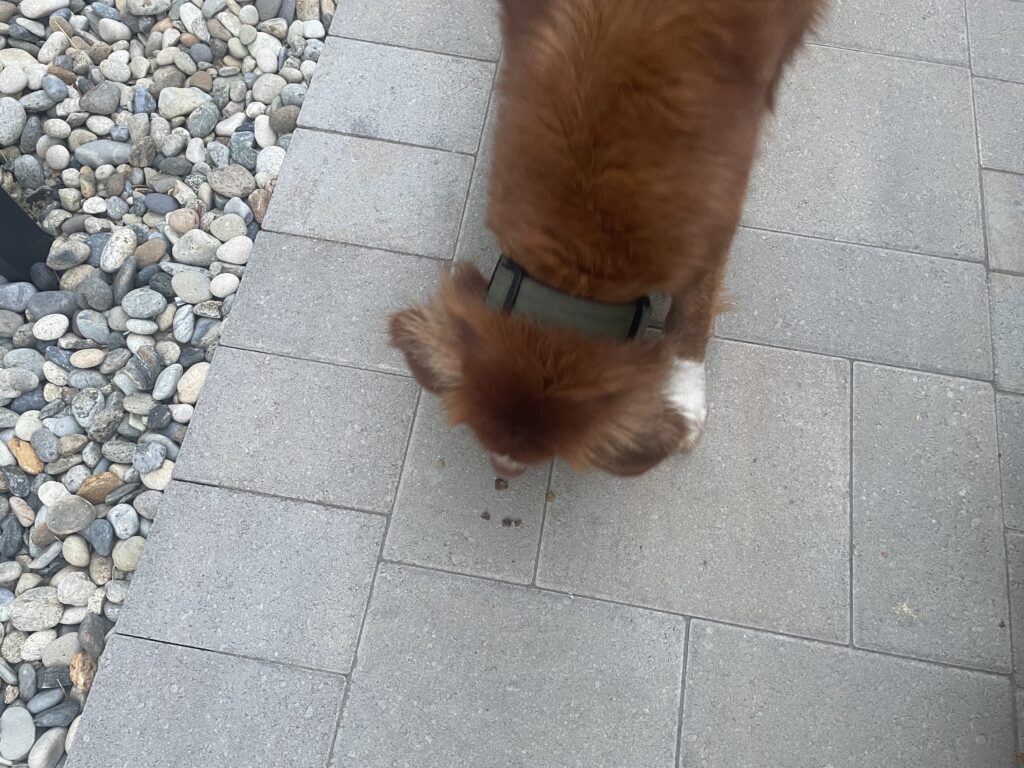
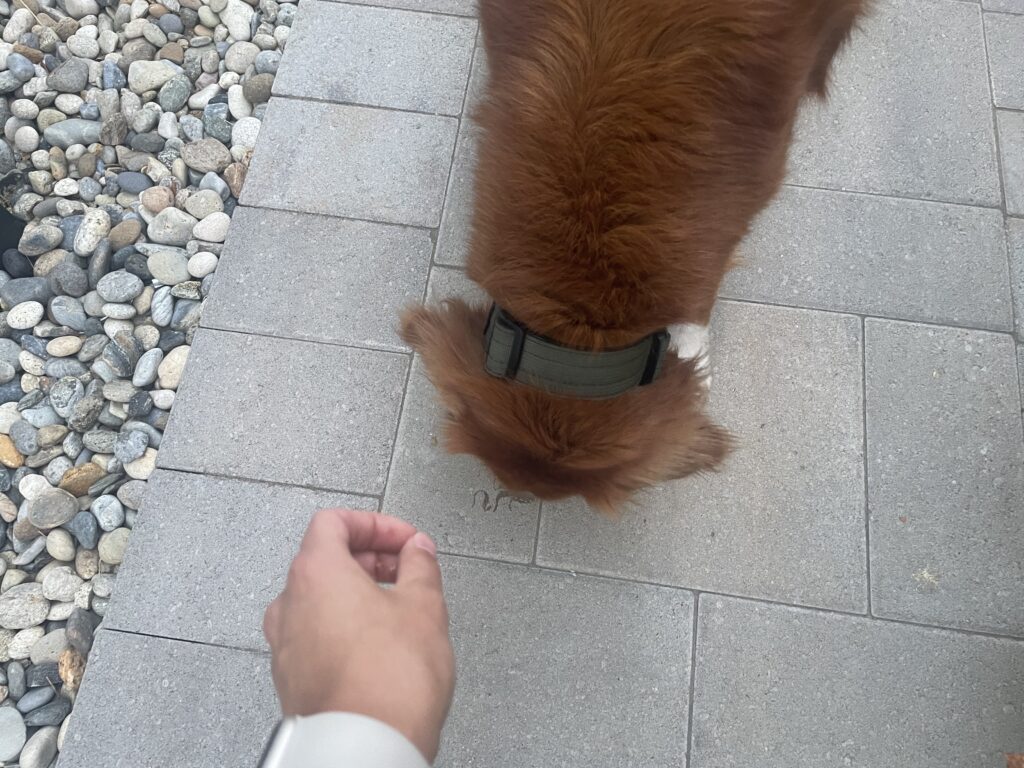
Other Considerations
Double-check that your dog’s gear is secure before leaving for a walk. Make sure they cannot slip out of their collar or harness. The best option if you have a dog who tries to escape their gear, is a wide fabric martingale collar and a back clip harness with a point of contact on the collar and one on the harness. You can use a double-ended leash or a safety strap. A safety strap is a very short piece of leash with clips on both ends. You clip one to collar and one to the harness. If your dog manages to slip out of either the collar or harness, you will still be connected.
If your dog is a bite risk, has a bite history, or lives in an environment where they are frequently in close proximity to triggers, consider muzzle training. Muzzles are a great tool to prevent bites, but also to help communicate to others that you need space!
Next Steps
You don’t need to be stuck using just management forever with your reactive dog. Some management strategies can be helpful in the long run, but we want to combine management with training to help reduce stress on you and your dog. There are many different causes of reactivity and many different strategies to help reactive dogs. The best place to get started on training is to reach out to a local qualified trainer.
If you’re in the following cities, get in touch to learn about in-home training for your reactive dog!
Redwood City
Woodside
San Carlos
Belmont
Foster City
San Mateo
Burlingame
Atherton
Menlo Park
Palo Alto
Los Altos
Mountain View
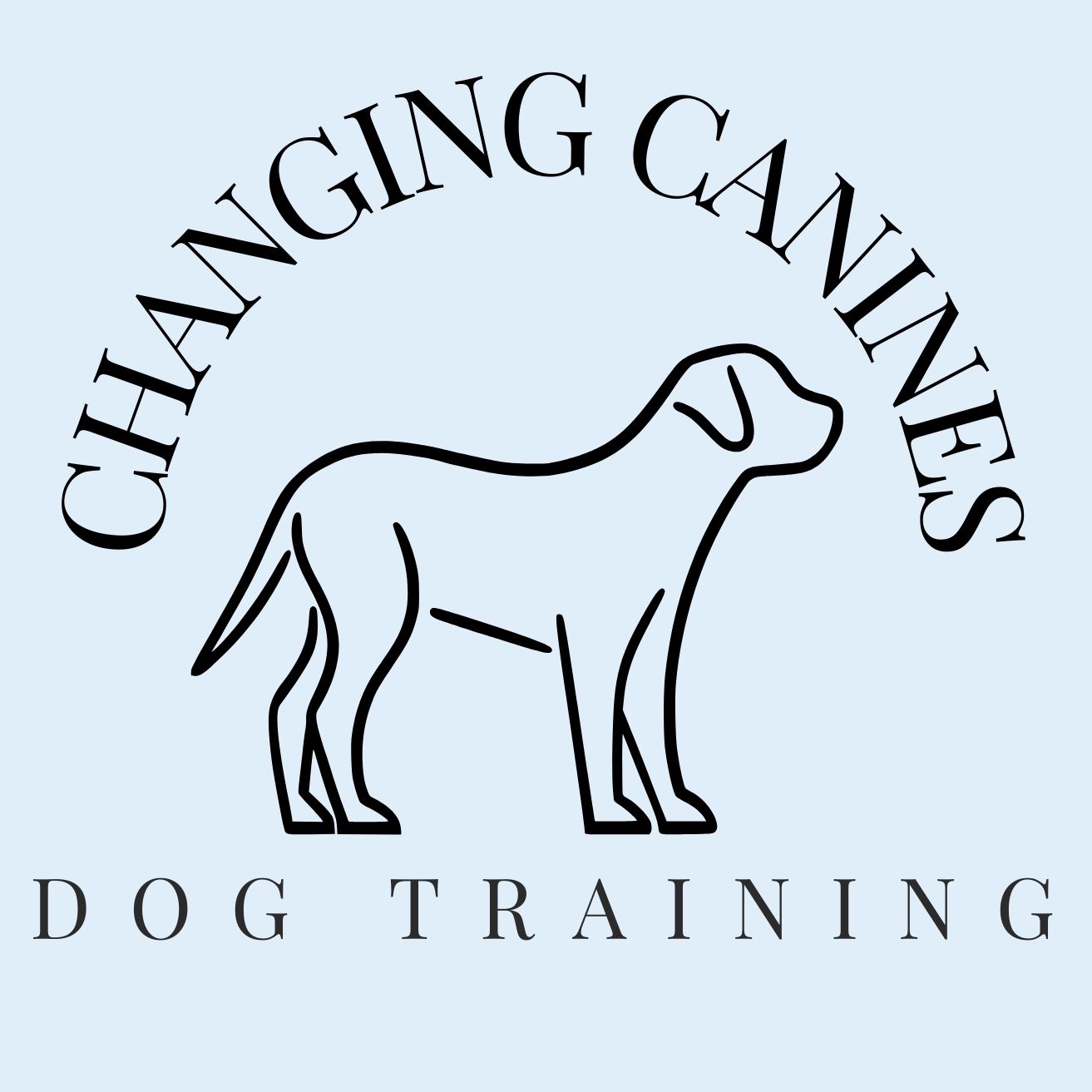
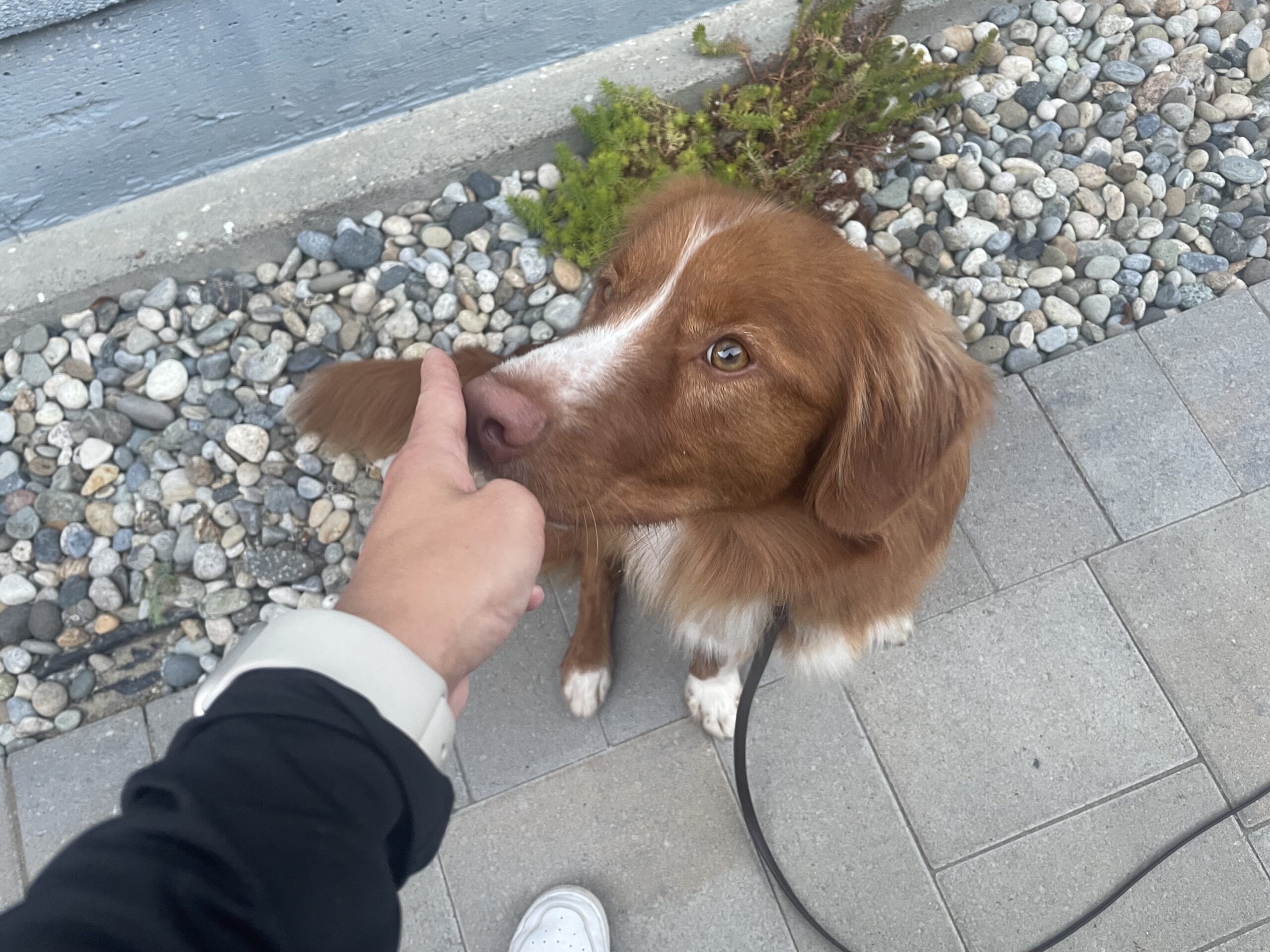
Leave a Reply